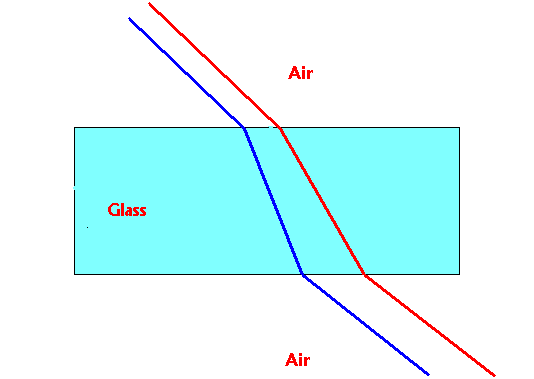
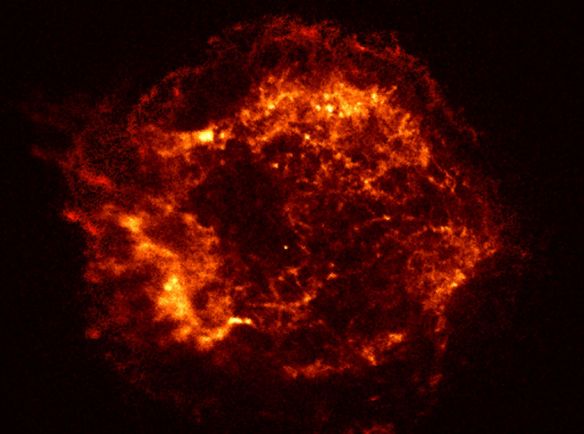
Optics is the study of instruments that can change the direction in which light travels.
Refraction
Light travels at different speeds in different
media, (such as vacuum, air, glass, ...) and
attains its maximum speed of c=300,000 km/s in
vacuum. In air light travels slightly
slower than this, while in glass and water light
travels slower still. Therefore, if a beam
of light is traveling in air and then enters
glass the light beam will slow down. This
slowing down (or speeding up in the other
direction) causes the direction of the light
beam to refract (or bend) at the boundary
between the two media. This is refraction.

Reflection
Light bounces off a polished surface in
the same way for all colors.
This is reflection. The angle of reflection is
the same as the angle
of incidence.

Mirror, mirror on the wall ...
Lens
A lens is an optical device
that brings light rays together. When the light rays come from
a distant object the lens causes the light rays
to come together (or get focused) at a region
called
the focal point. The
distance between the center of the lens and the focal point is
the
focal length. A concave mirror can
also be used to bring light rays together at a focal
point, provided that the object is very far
away.
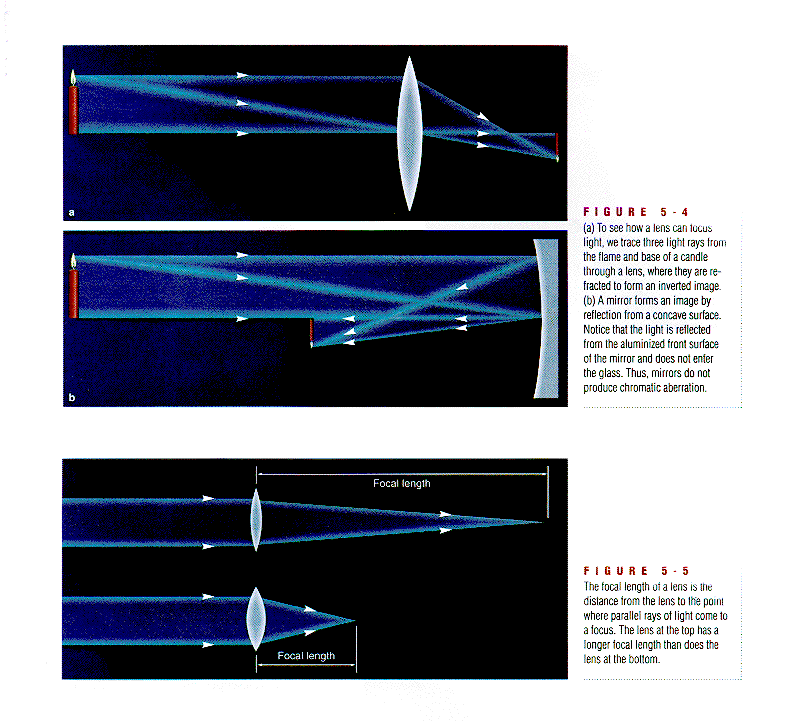
Telescopes
A telescope is an optical
instrument that has two basic optical elements:
an objective and an image viewer, such as an
eyepiece or a photographic film.
Objective
This is a large lens, or
mirror, that collects light from a distant object and creates
an image at the focal
point that is a faithful representation of the object.
Eyepiece
The image formed by the
objective is usually too small to see all the detail it
contains. We therefore
use an eyepiece -a sophisticated magnifying glass - to
enlarge the image.
There are two basic types of telescopes:

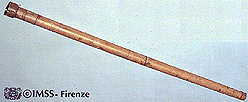
 Galilean
moons by
Galilean
moons by 
Magnifying
Power
This is just the (apparent) increase in size of
an object relative to how it looks to the unaided
eye. The
magnification of the telescope is defined as the ratio of the
focal length of the objective
relative to the focal
length of the eyepiece:
M=Fo/Fe
Resolving Power
This is the smallest angular
separation between two objects that can be seen. The resolution
depends on the wavelength of the light entering
the objective as well as on the diameter
of the objective.
If we measure the resolving power in arcsec, (1 degree = 60 arcmin; 1 arcmin = 60 arcsec),
then the resolving power of the telescope
will be given by:
A(in arcsec)=2.06x105 [L(in meters)/D(in meters)]
Radio Telescopes
In 1930 Karl Jansky, while working for the Bell
Telephone Company, discovered that radio
waves were coming from deep space. In the 1940's
Grote Reber made the first maps of the
sky that showed the source of some of these
radio waves. Today, radio telescopes are an
important tool for observing astronomical
objects. The big problem with the use of radio waves, rather than
visible light, is that the wavelength of radio waves is about 100,000 times longer than that of
light! Consequently, for the same size of objective, a radio telescope will have a resolution
that is a 100,000 times worse than its visible counterpart. The only way to achieve better
resolution is to make radio telescopes very, very
large. One way to make such large radio
telescopes is to make a large number of small ones
and spread them over a large area. Such an array
of small radio telescopes is called a radio interferometer. The size of the area
determines the resolution of the interferometer.
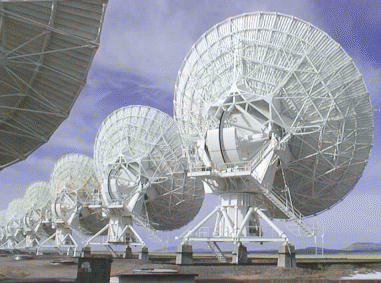
Antennas of the VLA: The Very
Large Array, on the Plains of San
Augustin,
west
of Socorro, NM, uses 27 dish antennas, each weighing
230
tons,
to make detailed images of the sky. Photo Courtesy NRAO/AUI.

Jodie Foster usaing
radio telescopes to look for exta-terresrtial life in the movie
"Contact"

Ultimately,
the best way to view the heavens is to move above the Earth's atmosphere. Then the entire electromagnetic spectrum is available for
observation. Indeed many instruments
have been placed in Earth's orbit to
collect different kinds of radiation thanks to programs such as the Space Shuttle.
| SPECTRUM | OBSERVATORY |
| Radio | Arecibo Observatory (Arecibo) |
| Infrared | The Infrared Astronomical Satellite (IRAS) |
| Visible | Hubble Space Telescope (HST) |
| Ultraviolet | The International Ultraviolet Explorer (IUE) |
| X-Rays | The Chandra X-Ray Observatory (CHANDRA) |
| Gamma Rays | The Gamma Ray Observatory (GRO) |

Cygnus
in
the Radio ...
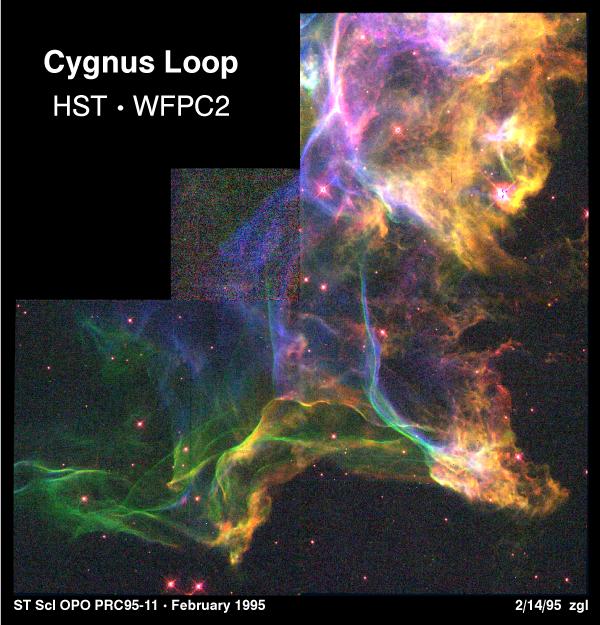
Cygnus
in
the Visible ...
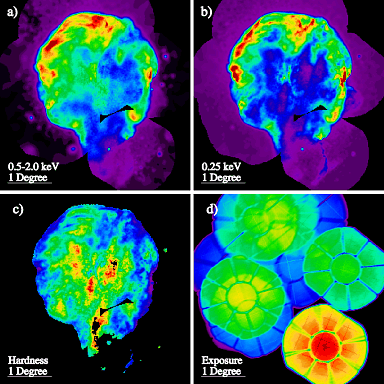
Cygnus
in
the X-Ray ...
The above
images shows a small portion of a nebula called the
"Cygnus Loop."
Covering a region on the sky six times
the diameter of
the full Moon, the Cygnus Loop is actually
the expanding
blastwave from a stellar cataclysm - a
supernova
explosion - which occurred about 15,000
years ago.